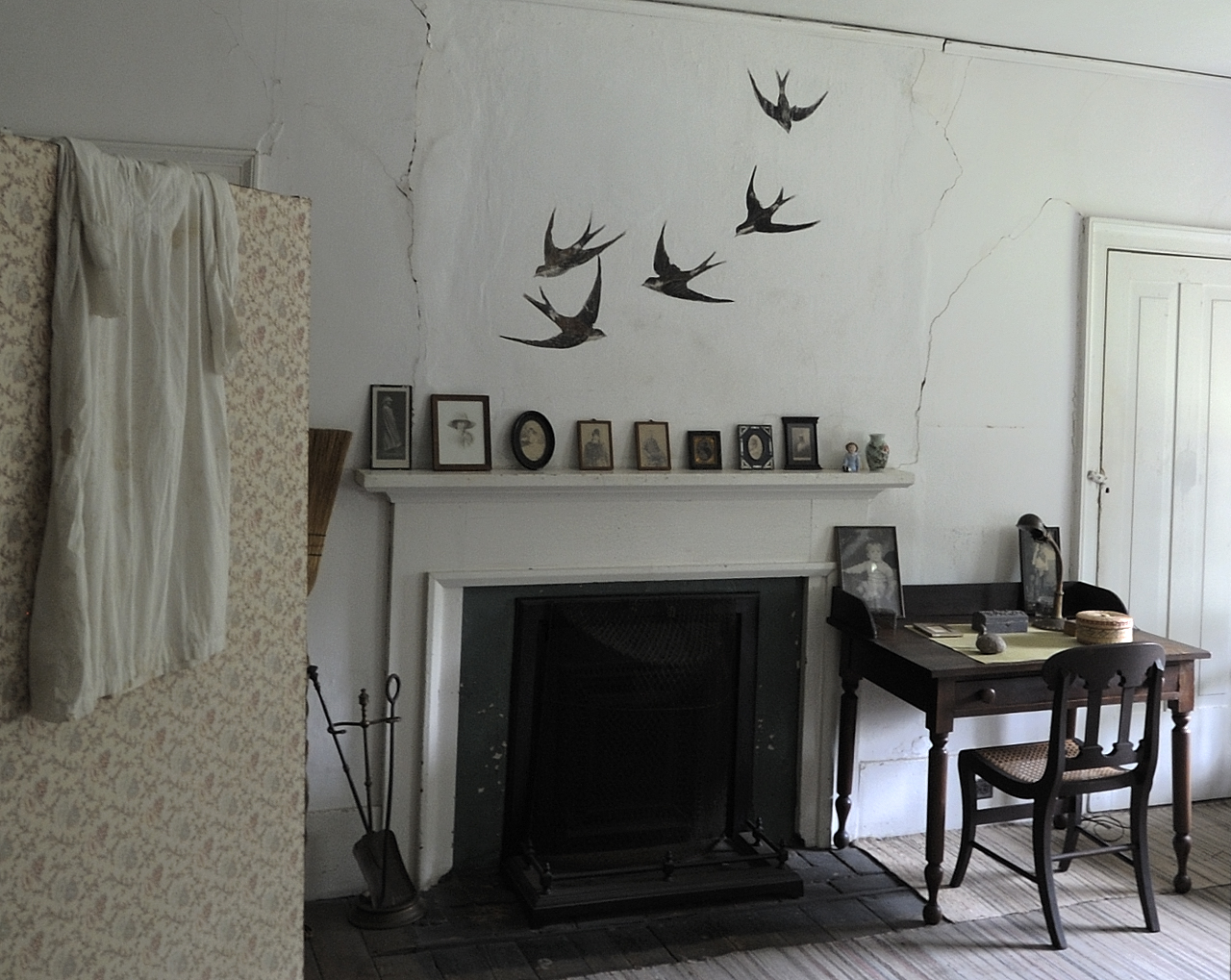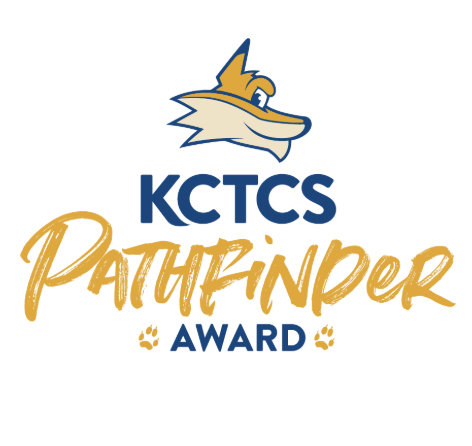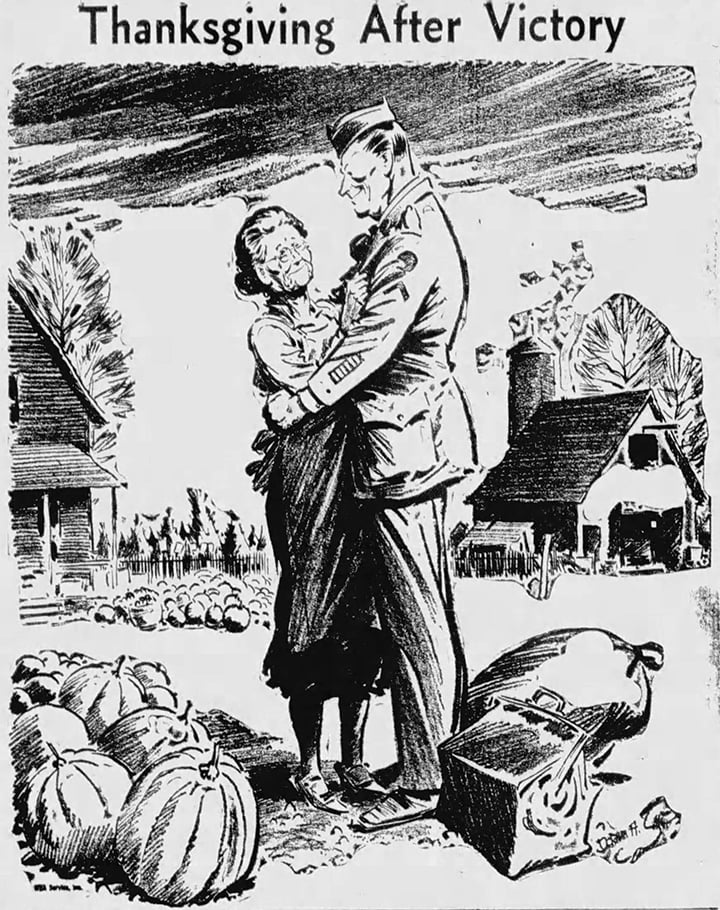
By Gayle Pille
Special to NKyTribune
It’s a pretty safe bet that Barn Swallows have always had a place on the front and back porches of the Dinsmore Homestead in Boone County.
Built in 1842 by patriarch James Dinsmore, family members and employees of the homestead have been living and working with the swallows for more than 170 years now.
“The Barn Swallows were obviously special to the Dinsmores,” said Cathy Collopy, Education Coordinator for the Dinsmore Homestead. “Julia Dinsmore (daughter of James and his wife Martha) loved nature and all of the girls spent a lot of time outdoors and paid attention to nature. The back porch, also referred to as the back gallery, was really just another room in the house.”
The swallows were so meaningful to Julia’s niece Patty Flandrau, whom Julia raised, that Patty painted five of them on her bedroom wall.
In a letter dated November 14th, 1882, Julia wrote Patty’s sister Sally Flandrau…”Patty has been trying her hand at decorative art…there swoops a flight of swallows – five in all and named for all of you children according to age. By lamplight they are very pretty. You and Patty are the only ones with the bill turned towards each other and though I don’t believe swallows coo, it makes you look affectionate and glad to see each other. The swallows tell me life is short but love is long…”
Those same swallows, still that original artwork, adorn Patty’s bedroom wall to this day at the Dinsmore Homestead.
Easily identified by their deeply forked tail feathers, Barn Swallows are the most widespread swallow species in the world. They breed throughout much of the Northern Hemisphere and winter across the Southern Hemisphere. Before man-made structures became common, they nested on cliff faces or in caves. Now however they live hand in hand with humans, nesting in barns, stables, under bridges and, as at the Dinsmore Homestead, on porches small and large.
Their nest is a work of art. Built by both parents, these mud nests are half-cup shape if built on a wall, or full-cup shape if built atop a beam. The parents can make up to a 1,000 trips to collect mud for the nest, which can weight up to two pounds. They collect mud in their bills and frequently mix it with grass to make pellets. Built from the bottom up, the nest is finally lined with grass and then feathers.

The female lays three to eight eggs in her custom-made feather bed. She incubates the eggs for about two weeks. After the eggs hatch, both parents feed the young non-stop for another three weeks, about a week longer than most other songbirds. That extra week of being fed in the nest pays off though. Upon fledging, young Barn Swallows are flying like pros in no time.
And if you hate flies, you’ll love Barn Swallows. Large flies make up about 70 percent of their diet. While they are not particularly fast fliers, they make up for it in maneuverability. They will often follow lawn mowers, farm machinery, cattle herds and humans to snag flushed insects. They truly live life on the wing; always eating, drinking and bathing while flying.
As with the Dinsmores, folks have always thought highly of Barn Swallows. They are voracious insectivores and a joy to watch. Famed naturalist and artist John James Audubon commented, “In the spring the Barn Swallow is welcomed by all…and is looked upon as the harbinger of summer. As she never commits depredations on anything that men consider as their own, everybody loves her, and, as the child was taught by his parents, so the man teaches his offspring, to cherish her.”
Visit the Dinsmore Homestead to see Barn Swallows inside the homestead and outside. The homestead is open every Wednesday, Saturday and Sunday from 1 p.m. to 5 p.m. with tours hourly through 4 p.m.
Gayle Pille is a local naturalist and nature writer who many know through her work to establish the five-mile network of nature trails at Highland Cemetery in Ft. Mitchell. She created the cemetery’s popular 25-year-old Wildlife Enhancement Program and works with a small team of volunteers to maintain the cemetery’s wooded walking paths. An avid birdwatcher, Gayle also builds custom wildlife nest boxes for businesses, parks and residences through her business, www.woodlandhabitat.com
Contact her at gaylepille@yahoo.com





















